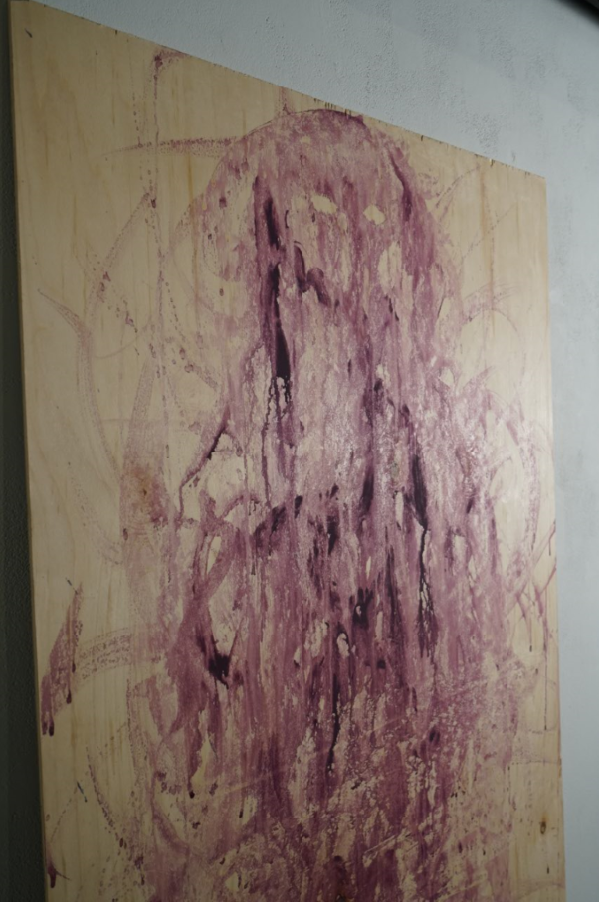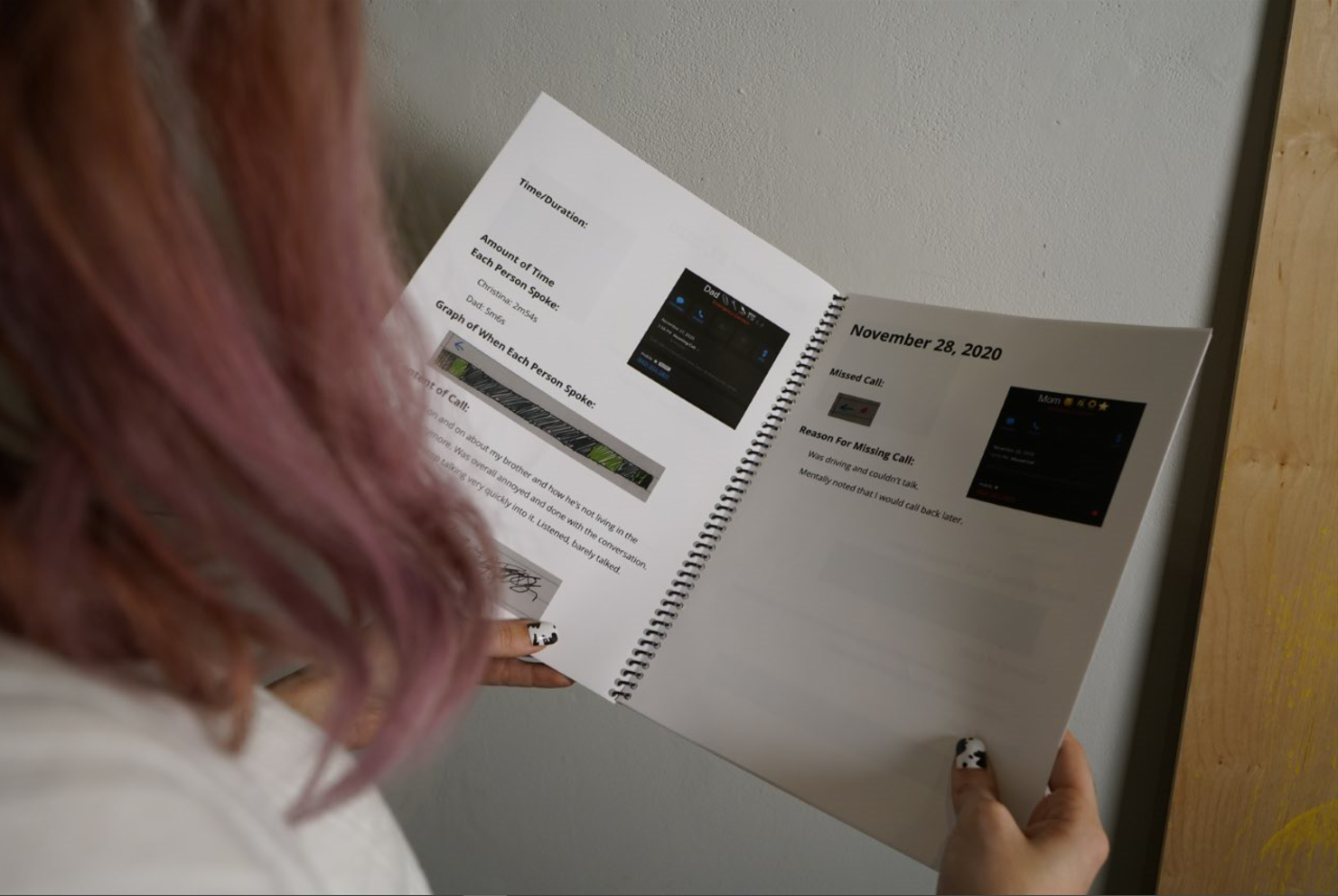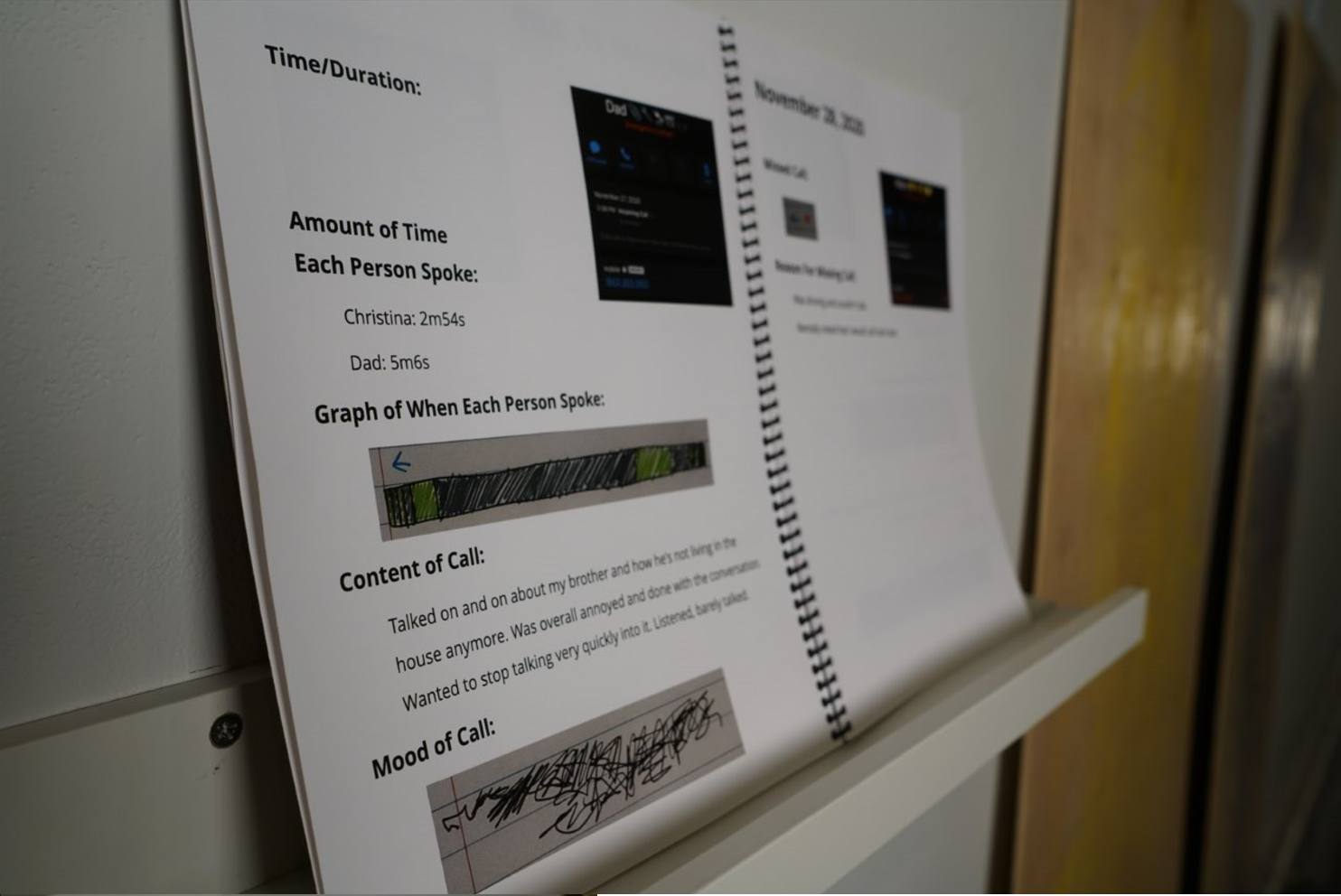attempting insanity
I have always found myself living in a gray area regarding my family; as much as they irk me, drive me up the wall, make me want to scream and shout words at them that I know I otherwise shouldn’t say, I don’t. Because the redemption that I find within them stems from the moments where we’re all laughing and smiling, and for once, I’m proud to say that, “Hey, my laugh actually does sound like Dad’s and Rachel’s.” It is this constantly unbalanced seesaw that I find myself riding, one that inevitably, I have the choice to get off, but I do not. I stay on it, always leaning towards one side or the other, but after some time, the opposing side gains more weight, and suddenly I’m experiencing it, all for it to begin looping again. And as I move through this gray area, I find that I am slowly yet surely unveiling what it is, what it looks like, how I interpret it, and how I can show it.
With this in mind, I’ve decided to choose one aspect of this “gray area” to focus on, and have created an installation that has multiple elements to it, yet they come together to create a unified piece with a four-walled room, representing a sort of domesticity. Each aspect, or trials, explore a different avenue of the binary that my work discusses, but the tying element amongst them all is that there is some form of effort to push past, and even though failure happens, I keep going. This is reflective of my initial concept; I choose to remain connected to my family despite how much hurt they’ve caused me, and in this piece, I continue to try, and even though I stumble and trip, I still keep going in hopes that something other than failure will happen, much like how I hope that my family will get better.




The live performance within the space, which will occur in a later exhibition, is of me painting Trial 3D, as Trial 3A, Trial 3B, and Trial 3C are already completed. This performance is visceral, as I respond to not only the audio, but each and every sensation within the space; the videos of my family, the argument, the breathing, tapping, and counting in Trial 1, the stumbling yet persevering yoga in Trial 2, and all of Trial 3. Each part comes together cohesively, affecting me beyond what I had ever anticipated. The emotions I feel, experience, and show are vulnerable, intimate, and real.
This installation is titled Attempting Insanity.
I am telling my experiences, working through them, and sharing them. And as I do so, my thoughts become more clear, my mind not as hazy, and I feel that the decision to keep my family in my life or not becomes that much more apparent. I slowly am making up my mind, and it won’t be until this concept is fully realized and completed, that I will truly, wholeheartedly know what to do. But for now, I will continue to make work about this concept, all in the hope that I will get that much closer to the answer that I seek.

The first aspect to this piece, Trial 1, the part that began it all, is a recorded audio file of my family fighting from the summer of 2020. I was upstairs when they were yelling, and I decided to record their voices. In conjunction with this audio, I am showing how I cope when hearing them yell. As a part of this coping process, I usually imagine the better moments that I have with my family as a way to get through their arguments. I began by collecting videos I had taken of my family from social media applications over the past few years, such as SnapChat and TikTok, both long and short in duration. These videos, which are my home videos, contain media depicting them smiling, laughing, being silly, goofy, and overall happy. In order to contrast these videos, I recorded myself breathing, tapping, and counting from numbers one to four, all of which are my direct responses to the audio of the argument. This is a sensorial recreation of how I process their fights. All four audio tracks fluctuate in volume, allowing certain parts to be more pronounced than others, simulating how I would tune in and out of the overall experience.
The second aspect of this piece, Trial 2, is a recorded performance of myself practicing yoga without a yoga mat. This pairs, yet also contrasts itself, to Trial 1; the yoga is a direct tie to the consistent, yet fluctuating, one-to-four counting that can be heard in Trial 1, yet the pace is quite different. Trial 1 is choppier, full of colors and movement, and having it be combined with the various audio tracks, it makes for a heavily stimulating video. Meanwhile, Trial 2 is slower, more evenly paced, and the colors are dim and soothing, almost monochromatic. Yoga is a peaceful activity that aims to work both the mind and body. Yet even with the similar and dissimilar qualities between the two videos, Trial 2 still contains the main concept at its core; I am trying to do something, particularly a task that I haven’t done for some time, making me out of practice, I don’t use a mat, which is a part of the practice that makes yoga more successful, my breathing is staggered and uneven, not even like it should be, my thoughts aren’t clear, my mind always racing, I stumble, am off balance, and am ultimately struggling the entire time, yet despite all of these obstacles, I still push through, hoping that, with more practice, more time, I will succeed. That something will finally give. I choose to put myself through this laborious, draining process, with faith that something good will come from my efforts.
The third and final aspect of this piece, Trial 3, is a series of abstracted figurative paintings, combined with a live performance. Each figurative painting is on a wood board, representing life and flesh, with a water repellent spray adhered to their surfaces. As a continuation of the “trying yet failing” concept, I attempt to paint each person in my family with acrylic paint atop these wood boards, each one measuring to their respective heights, but as I do, the paint and water is repelled and doesn’t stick as much as it should. The wooden surface, combined with the repellent spray, allows the paint to not fully adhere, but over time, with persistence and effort, it begins to seep in. I listened to the edited audio from Trial 1 while I kept trying to apply the paint, to paint each person while overstimulated by my surroundings, and depending on these varying elements, each result is different. Trial 3B is painted more gingerly, with care and softness as I listen to their victimized pleas, the paint taking more time to seep in with how light my touch is, spending reverent time on the painting. Yet Trial 3A is harshly marked with paint due to my aggravated state while hearing their voice yell and bellow, the painting finished just as soon as I had started it because I couldn't stand to spend any more time on them. Each color for each person references my prior piece titled Call Log.

Trial 3 also includes 2 TV screens, and on each screen is a video of me painting each respective figure painting. The duration of each video, showing how much time I spent on each painting, further alludes to the aforementioned experience I had while painting them as I listened to the audio of my family yelling. By having these videos displayed on screens, they become intangible. There is no interaction with my experience while painting my family members, much like how the decision to remain connected to them, to continue to have them be active people in my life, is mine and mine alone. People have otherwise warned and told me to do the opposite, and even though I heed their words, my decisions are still mine to make. As a contrast to this untouchable facet, Trial 1, and Trial 2 are displayed via projectors. By doing so, one can become one with them. They can then be interacted with, thrown one into the space that the videos exist in, becoming immersed, living in the vulnerable moments that I have created. But unlike the non-interactive screens, one can never venture into the choices I make regarding my family.

© 2024 by Christina Melchiorre